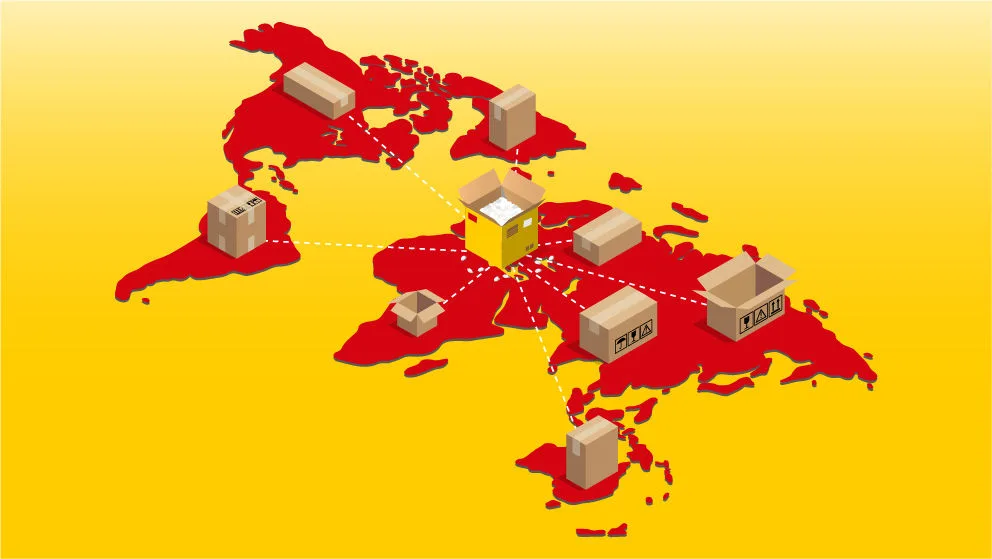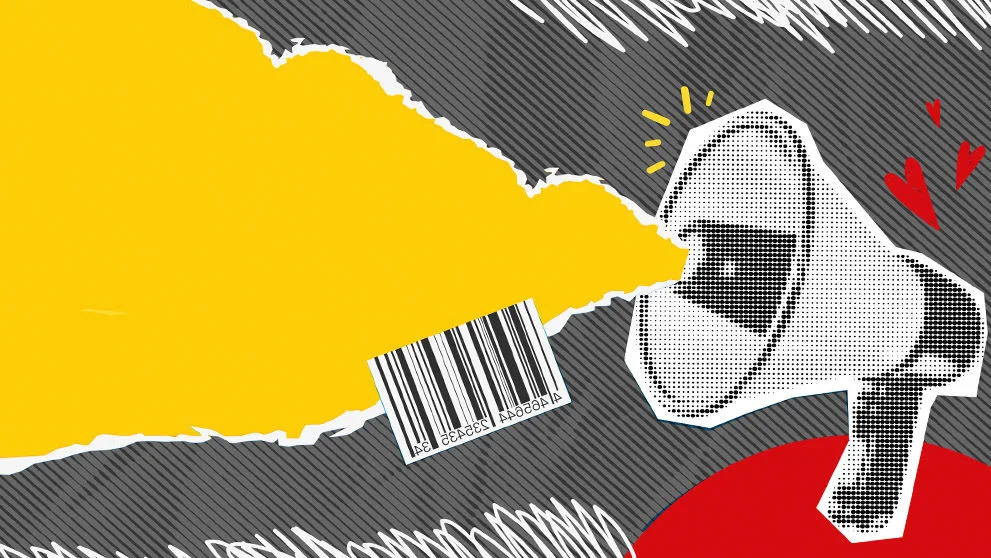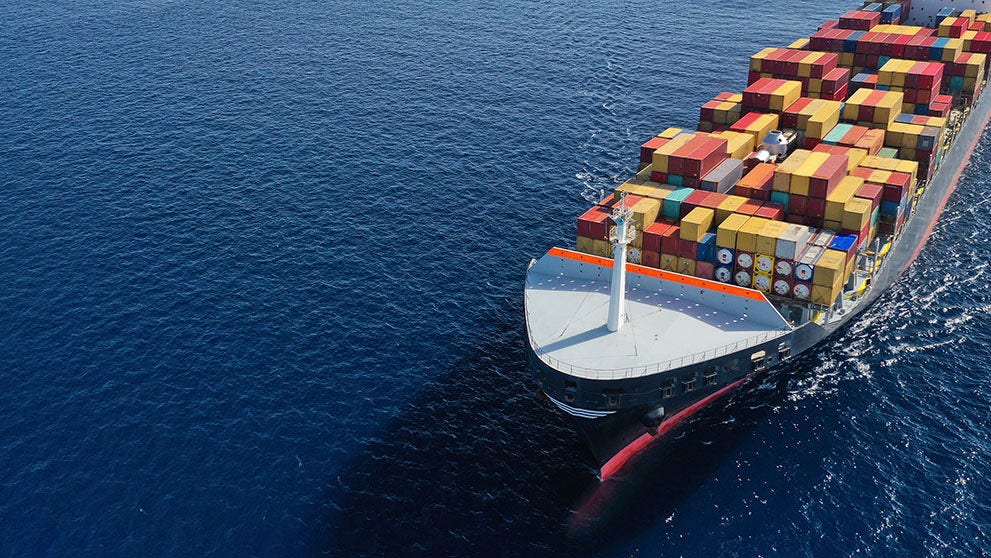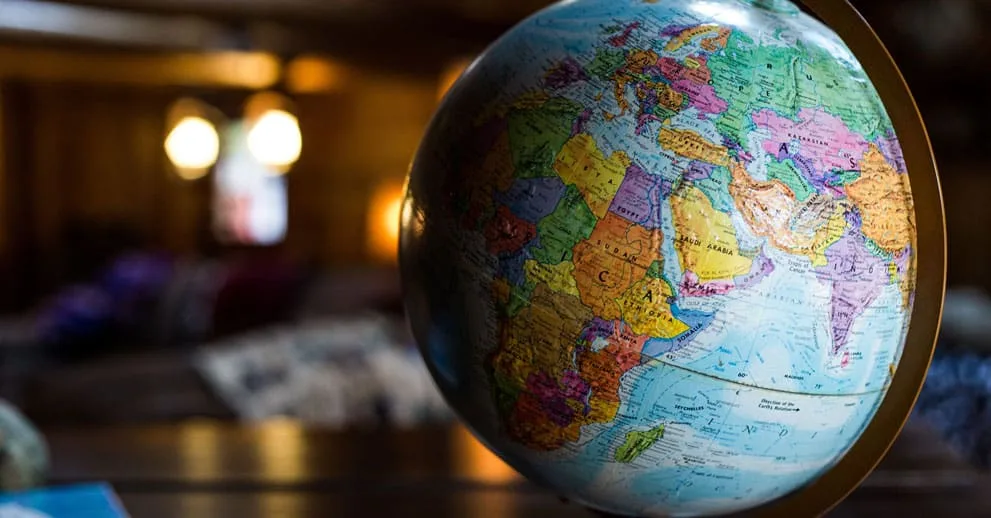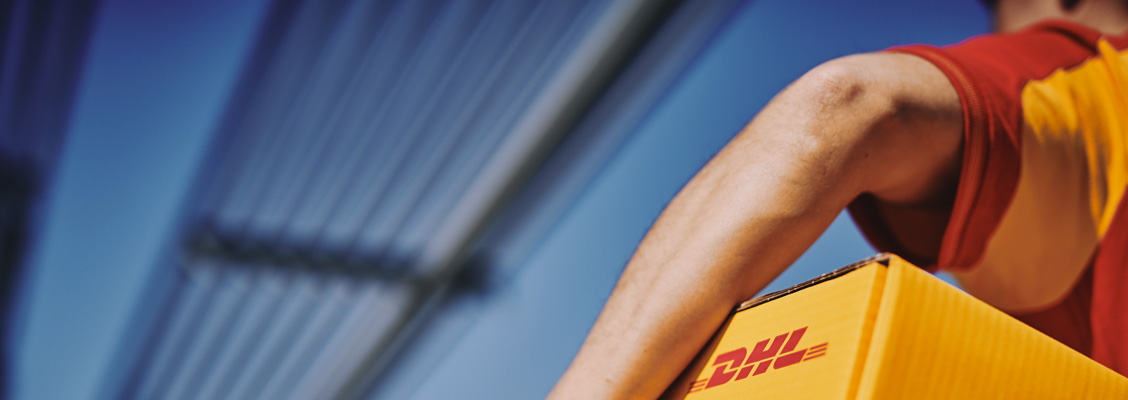
Shipping cosmetics internationally? Discover the essential tips to ensure your beauty products arrive on time, in perfect condition, and fully compliant with global regulations. Read on for everything you need to know.
Shipping cosmetics: your next big opportunity?
Running a beauty brand and thinking about going global? There’s never been a better time to start shipping your products internationally. The global demand for skincare, makeup, and beauty essentials is booming, with the cosmetics market projected to reach nearly US$354.6 billion by 20251. That’s a lot of serums, lip glosses, and face masks heading around the world!
But if you want a share of this fast-growing beauty market, your e-commerce business will need to navigate a few key logistics considerations first.
Leading challenges in shipping cosmetics
Breaking into the global beauty market is exciting—but it’s not all glamour and ease. International shipping of cosmetics comes with unique challenges, from strict customs regulations to packaging requirements. Beauty brands looking to expand worldwide need to be prepared. Here are the key hurdles to watch out for.

Shelf life
Some products don’t age well. Creams, serums, and anything with active ingredients have expiration dates that can creep up fast if shipments get delayed. Timing and storage conditions matter a lot.

Temperature sensitivity
That luxury face moisturizer or organic lip balm? It might melt, freeze, or separate if exposed to extreme temperatures during transit. Keeping things cool (or just right) is key.
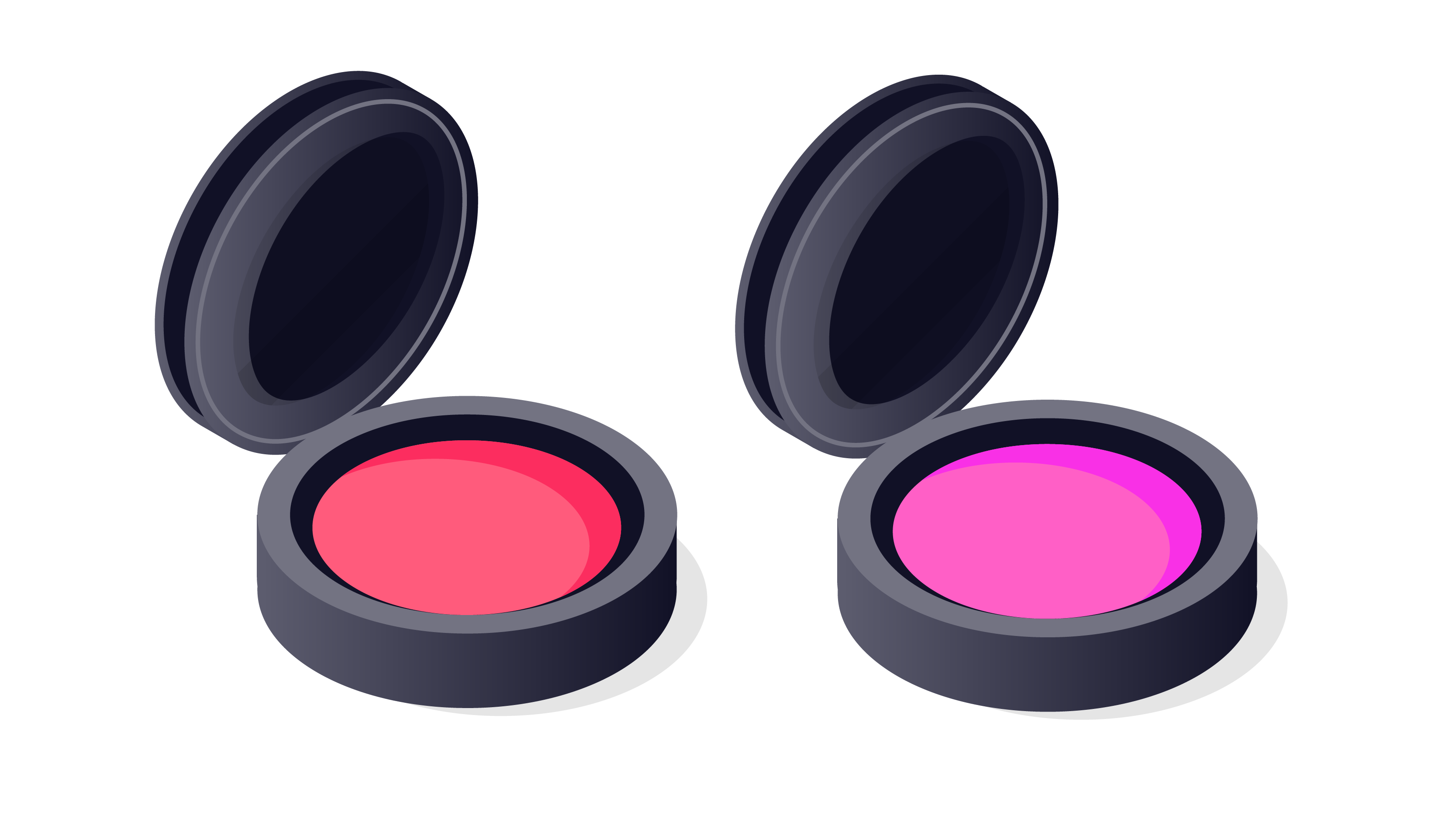
Fragility
Glass jars, pressed powders, slender serum bottles – beauty packaging is often delicate. Without the right packing strategy, you risk your goods arriving to customers in less than perfect condition – not great for your reputation.

International regulations
Every country has its own rules for what can be imported, especially when it comes to cosmetics. Ingredients that are fine in one region might be banned in another, and labeling laws can vary wildly.
The good news? These hurdles aren’t deal-breakers – they’re just part of the process. And with the right prep, you can navigate them seamlessly.
Shipping cosmetics: three best practices
1. Understand the regulations
Before you even think about boxing up those serums or lipsticks for international shipping, it's crucial to understand the rules – and there are a lot of them. Every country has its own cosmetic safety standards, banned ingredients, and labeling laws. For example, an ingredient that's totally fine in the US might be restricted or outright banned in the EU or parts of Asia.
Additionally, in some markets, securing FDA (Food and Drug Administration) approval is needed before you can ship your products internationally. These requirements vary depending on the product, but generally include a thorough review of the ingredients, manufacturing process, and safety of the product.
Regulations may also dictate how products are packaged – requiring leak-proof seals, tamper-evident containers, or certain types of labeling.
Failing to meet compliance standards can mean delays, fines, or having your shipment turned away at the border. Therefore, it is imperative that you thoroughly check all necessary regulations in the export and import market before shipping.
Some carriers will not accept flammable fluids or liquids for transit through their network, so be sure to research before you send your package. You can check DHL Express’ prohibited items list in your origin and destination countries on MyDHL+
2. Include essential customs documentation
Customs clearance is one of the biggest hurdles in international shipping. To avoid delays, make sure your paperwork is complete and accurate. At a minimum, most cosmetic shipments will require:
- A Commercial Invoice
- A packing list
- HS (Harmonized System) codes specific to cosmetics
- Any necessary permits or product certifications
Clearly list all ingredients, product uses, and values. Be honest and detailed – vague descriptions are a red flag to customs agents.
This guide will talk you through all the documents you need for international shipping, so consult it thoroughly to keep your goods moving.
3. Choose the right shipping carrier
DHL Express is a popular choice for cosmetic brands because of its global reach, reliability, and experience handling delicate, regulated products.
- Look for a carrier that offers:
- Tracking and insurance
- Climate-controlled shipping options
- Support with customs and regulatory compliance
Bonus points if they can guide you through packaging specs or offer fulfillment services to scale your operations.
How to package makeup and cosmetics for shipping
Cosmetic products are often fragile, temperature-sensitive, or prone to leaks – so packaging matters. These are some good practices to follow:
- Firstly, pack the product:
- Place perfumes and sprays upright in leak-resistant boxes to help prevent spills.
- Products like glass jars, serum bottles, and compact powders should be individually wrapped and padded. Bubble wrap is ideal – tape it in place, too.
- For sensitive items (like balms or creams), consider insulated packaging or cold packs, especially if you're shipping to or through hot climates.
- Then fill a strong, rigid box about halfway with packing peanuts or another protective filler.
- Carefully place your wrapped items or containers in the box.
- Fill the rest of the space with more cushioning material to prevent movement and protect against shocks – packing peanuts or bubble wrap work well.
- Securely seal the box with ample packing tape to ensure it stays closed during transit.
- Mark the box with directional arrows to indicate proper handling and upright orientation.
- Attach all required labels, including any applicable hazardous materials labels.
Liquids and powders
Many common household liquids and powders are classified as dangerous goods and are carefully regulated for transport on aircraft. Contact your local DHL Customer Service team for more information.
If the items are not classed as dangerous goods and subject to more stringent packaging requirements, the following steps will help prevent loss or damage during transport.
Applying a shipment label
Although DHL cannot guarantee maintaining the stable orientation of shipments during transport, our teams actively look for visible special handling instructions. Proper use of handling instruction labels can help ensure the appropriate transport, handling and storage of your shipment during transit.
Here are examples of commonly used labels:
- Fix the shipment label securely on the top surface of the shipment box. This will help us keep your shipment in an upright position as much as possible during transit!
- Ensure the label is wholly visible on one surface and that the label does not cover any seams.
- Do not let other labels, tapes or paperwork cover the shipment label.
- If you need to apply other labels on your shipment, please avoid placing them on the same surface as the shipment label.
- Placing a spare label inside the package will help us identify your shipment if the original label becomes detached or damaged.
- Use a plastic self-adhesive clear window pouch to hold any loose documents that are required to be placed outside of the box.
While shipping cosmetics overseas comes with unique challenges – from regulatory requirements to fragile packaging – these hurdles are entirely manageable with the right strategy. By staying informed, packing smart, and choosing a logistics partner with proven expertise in cosmetics, you can turn international shipping into your next growth engine.
DHL Express offers the global reach and regulatory know-how to ensure your products arrive quickly, compliantly, and in perfect condition – every time.

















